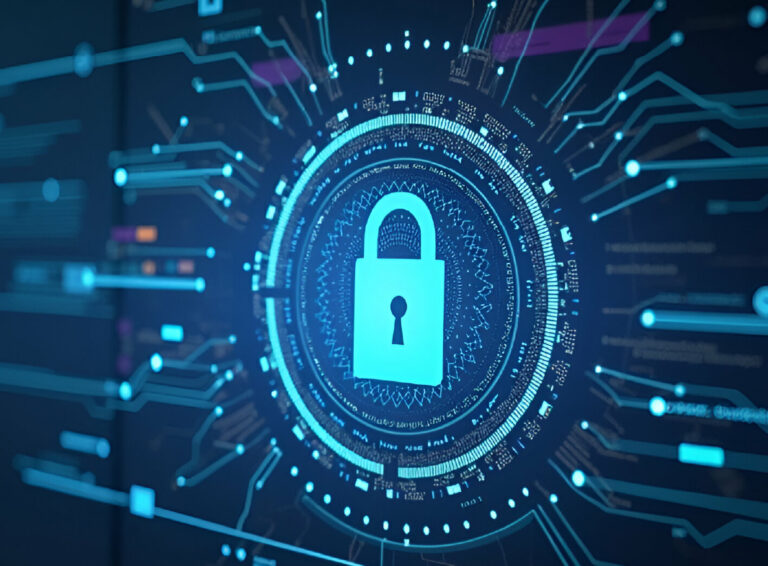Is Your Storage Cyber-Resilient? How to Assess and Improve Your Data-Layer Defense
- Date: Oct 20, 2025
- Read time: 4 minutes

Why Storage Resilience Matters More Than Ever
Cyber resilience isn’t just about preventing breaches—it’s about ensuring your business can continue when an attack inevitably reaches your data. While traditional security tools defend networks and endpoints, the data layer has become the frontline. This is where ransomware encrypts files, insiders delete records, and exfiltration quietly unfolds.
If storage isn’t resilient, recovery stalls—and downtime turns into financial, operational, and compliance damage. That’s why resilience must be built into the storage stack itself, not bolted on after the fact.
How to Assess Cyber Resilience in Storage
Ask the Right Questions
A meaningful storage-layer assessment goes beyond hardware checks. Leaders should evaluate:
- Segmentation: Are critical datasets isolated from general-purpose storage?
- Backups: Do recovery assets live in the same trust zone as production?
- Detection: How quickly can anomalous activity be spotted at the file level?
- Auditability: Can you produce logs that meet compliance and forensic review requirements?
If these answers aren’t clear, your resilience gap is active—not theoretical.
Common Weak Points in Storage Systems
Even mature environments leave openings:
- Backups that are mutable and vulnerable to tampering.
- Excessive or unmonitored permissions that violate Zero Trust principles.
- Minimal storage-level logging, making compliance audits difficult.
- Unpatched controllers or firmware exposing exploitable flaws.
Why Storage Audits Are Essential
General IT audits don’t go deep enough. Storage-specific audits should test data immutability, validate snapshot recovery, review access policies, and confirm integration with detection systems. The goal isn’t paperwork—it’s surfacing blind spots and closing them before attackers exploit them.
Core Components of a Cyber-Resilient Storage Stack
Immutable Recovery Copies
When ransomware encrypts live systems, your only safe copy is the one attackers can’t alter. Immutable storage ensures recovery assets remain intact, regardless of role or privilege. These snapshots are verifiable and auditable, ready when needed.
Ransomware-Proof Backups
Not all backups survive modern attacks. True resilience requires isolated, encrypted, and access-restricted backup systems. Modern cyberstorage goes further, automatically creating protected snapshots when suspicious behavior is detected.
Zero Trust at the Storage Layer
In a Zero Trust model, every access request is continuously verified. Applied to storage, this means:
- Micro-segmentation: Restricting access by dataset or business unit.
- MFA Enforcement: Privileged access always requires strong authentication.
- Policy Automation: Unauthorized behaviors are denied instantly.
Zero Trust makes storage smarter—not slower.
Embedded Detection and Response
Cyber-resilient storage doesn’t wait for SIEM alerts. It monitors activity at the file level and acts automatically. Rapid encryption attempts, mass deletions, or unauthorized restores can trigger lockouts, snapshots, and SOC alerts—all before the attack spreads.
Best Practices for Enhancing Storage Cyber Resilience
- Automated Patching: Treat firmware updates as frontline defense, not routine maintenance.
- Vulnerability Assessments: Pair internal scans with external audits for hybrid environments.
- Continuous Monitoring: Feed storage telemetry directly into your SOC, enabling rapid containment.
- Role-Based Training: Go beyond generic awareness. Train teams on storage-specific risks like unauthorized restores and insider misuse.
How Superna Enables Storage Cyber Resilience
Superna delivers data-layer defense across Dell, NetApp, Pure, AWS, and more. It embeds resilience directly into storage, ensuring faster recovery, compliance support, and business continuity when it matters most.
- Automated Air Gap: Dynamically isolates clean backups from both ransomware and insider threats, using logical segmentation to protect without slowing access.
- Immutable Recovery Assets: Intact, auditable recovery points designed to satisfy regulatory frameworks such as HIPAA, GDPR, and NIST.
- Storage-Aware Incident Response: Detects ransomware activity early, locks out compromised accounts, and preserves recovery copies without manual intervention.
- Unified Compliance Reporting: Exportable logs and evidence for auditors, reducing manual effort.
For healthcare, financial services, and other high-stakes industries, Superna enables less downtime, lower risk, and audit readiness built in.
Conclusion: Cyber Resilience Is Built Where Data Lives
Attackers are going deeper, and organizations relying only on perimeter or endpoint defenses are learning the hard way: when storage falls, recovery falters.
Building resilience at the data layer ensures that when—not if—your business is targeted, you can:
- Detect ransomware quickly at the file level.
- Restore clean data without disruption.
- Provide auditors with the evidence required for compliance.
With Superna, defense doesn’t stop at the edge—it runs deeper, securing your data at its source and giving you confidence in every recovery.
Featured Resources

Mastering Cybersecurity Insurance Negotiations: A Comprehensive Guide

Navigating the Digital Menace: A Beginner’s Guide to Ransomware

